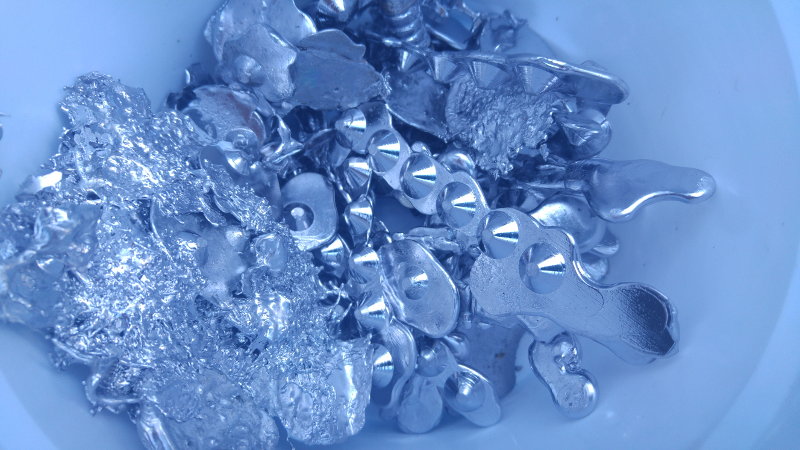Ysterhout Dot Net
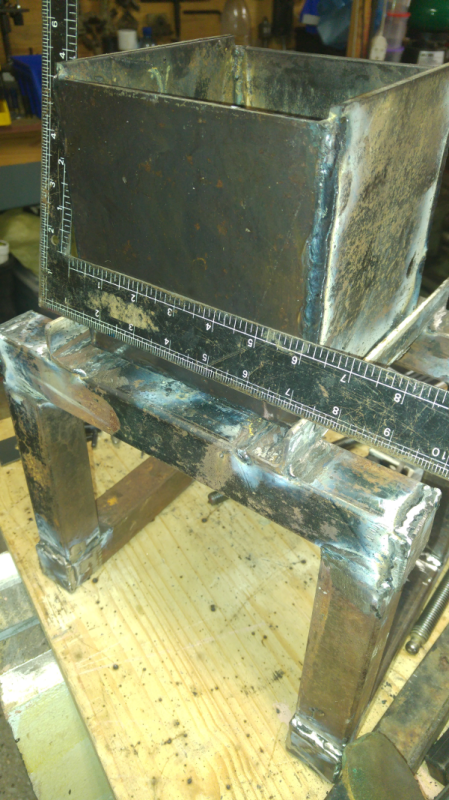
Same principle as the big one, just a smaller box.
A small version is preferred for pouring into moulds. Capacity is 30kg of lead, or 66 pounds, even half full it can pour a few hundred bullets depending on the weight.
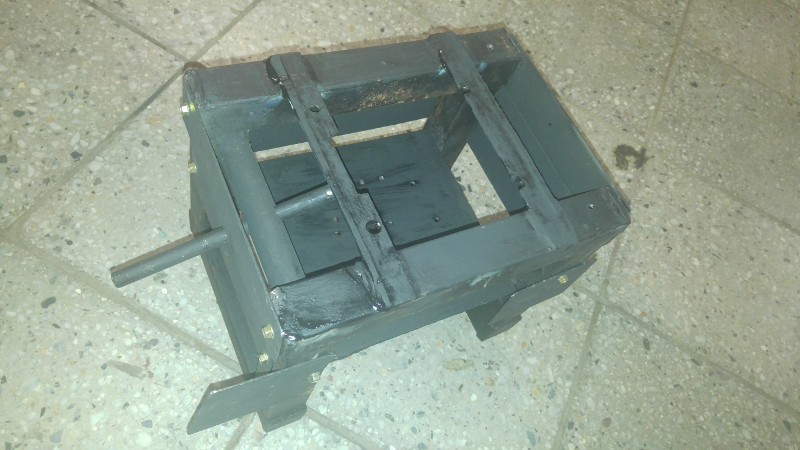
Base to hold the melter
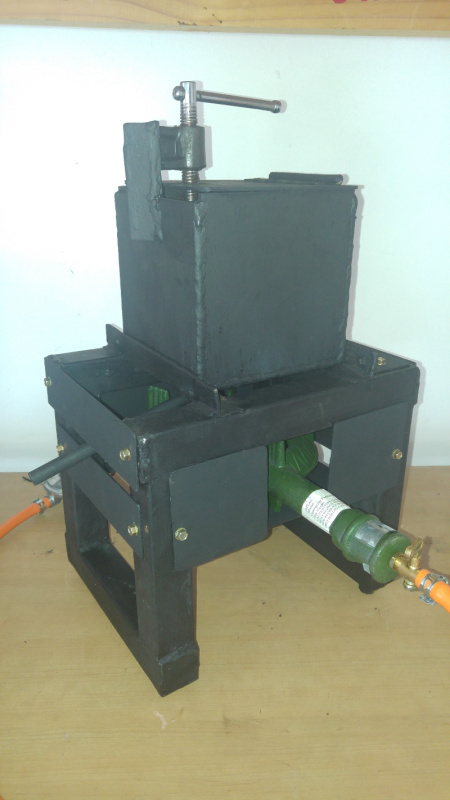
Small melter before insulation
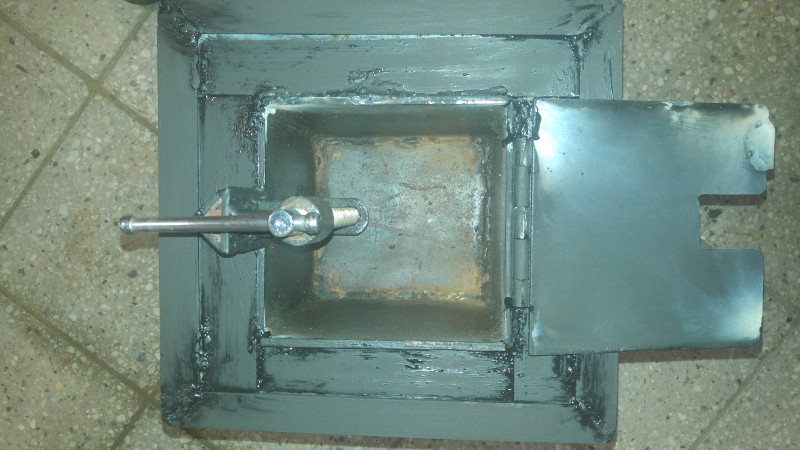
Small melter complete, insulated.
The screw valve here is cut from a C-clamp. I had a 6" C-clamp with no foot on it, and it was easier to cut and weld than machine another taper on the lathe. Using a donor C-clamp is the easiest way to make a bottom pour valve using only a hand drill and some fine sandpaper.



5 kg ingot melted in 20 minutes with the low pressure double ring burner. After the first melt there is a bit of lead left behind which will make the next melt quicker.
Very surprisingly, the very first bullet cast attempt went unexpectedly well. Unexpected, because I was anticipating having a few trial and error cycles before I got anything that resembled a bullet.

The Lee six-cavity mould was easier to work than the Lyman two-cavity, the bullets just drop from the Lee mould with barely a tap from the wooden mallet.
The gas burner settings need some practice. After melting, one ring of the burner was turned off, and the second ring to half. The lead was a bit cold, the bullets have visible ripples and fold in them.
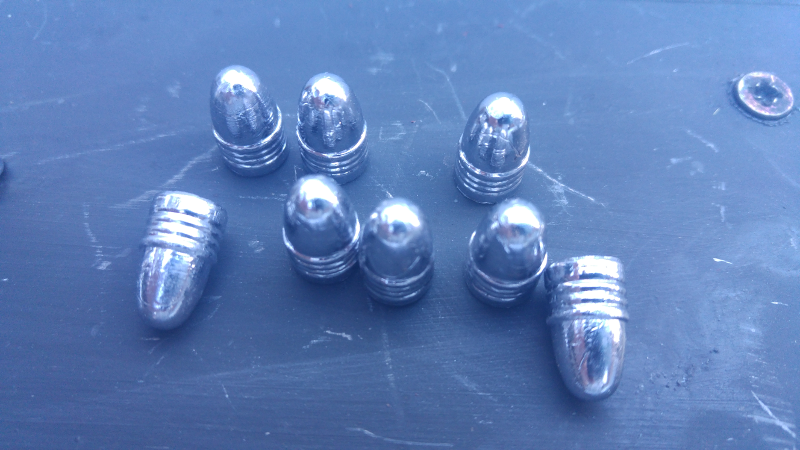
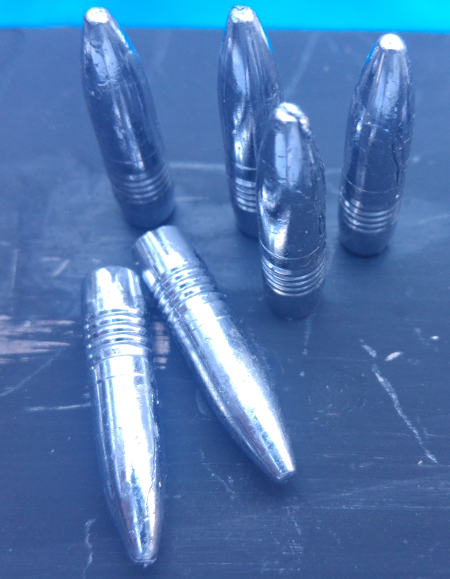
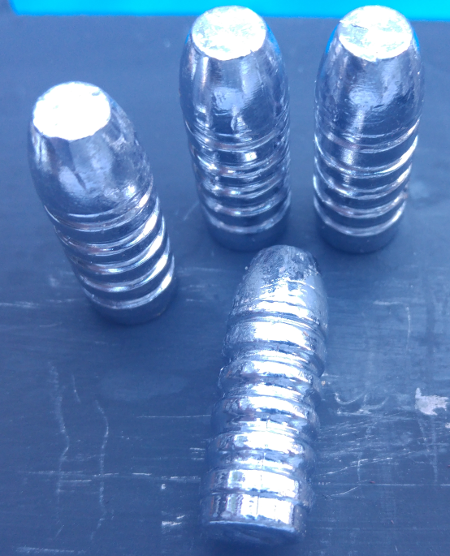
Pouring control is good with the C-Clamp screw, it can pour and close within one quarter turn, and no leaks, over time the operator skill will improve. The sprues started a bit on the fat side, being the very first time attempting to cast bullets. After half an hour, the old muscles gained some pouring control, and the sprues were not gigantic.
